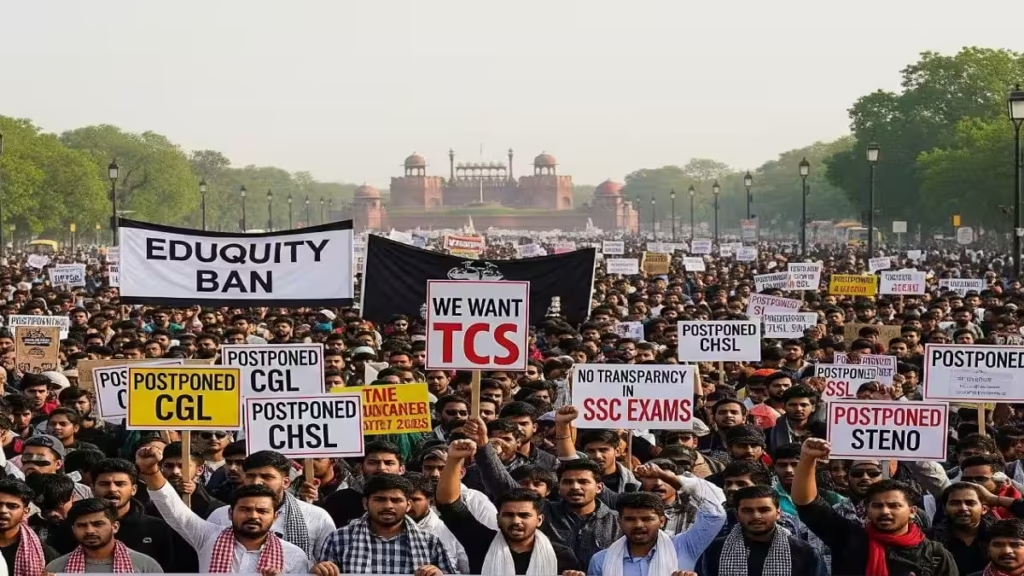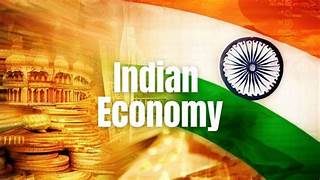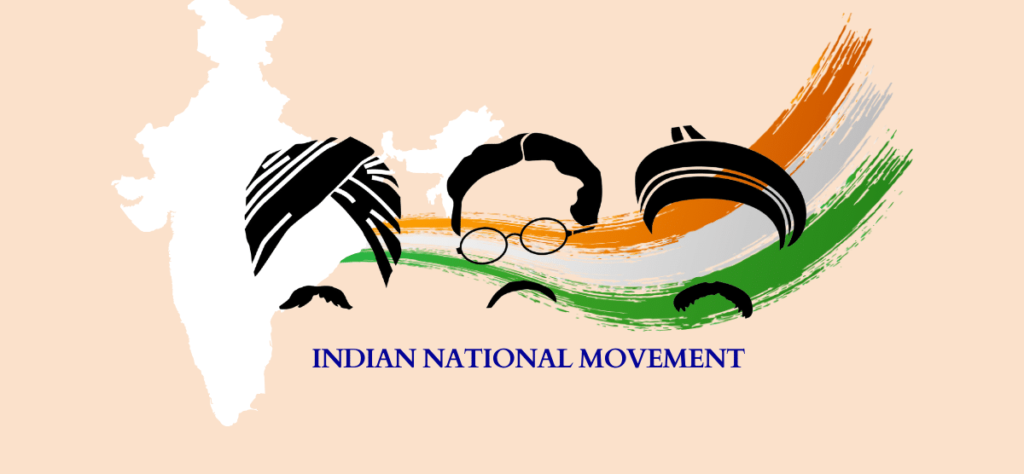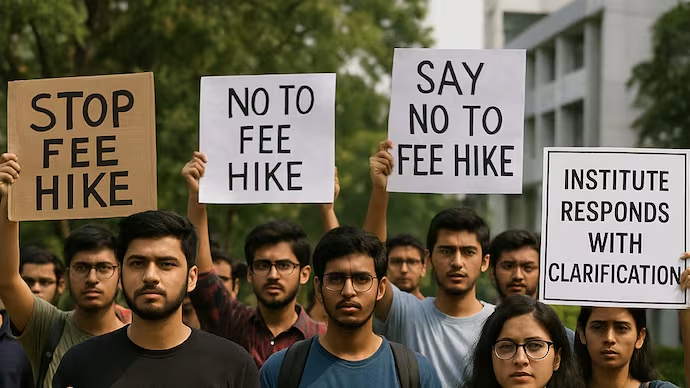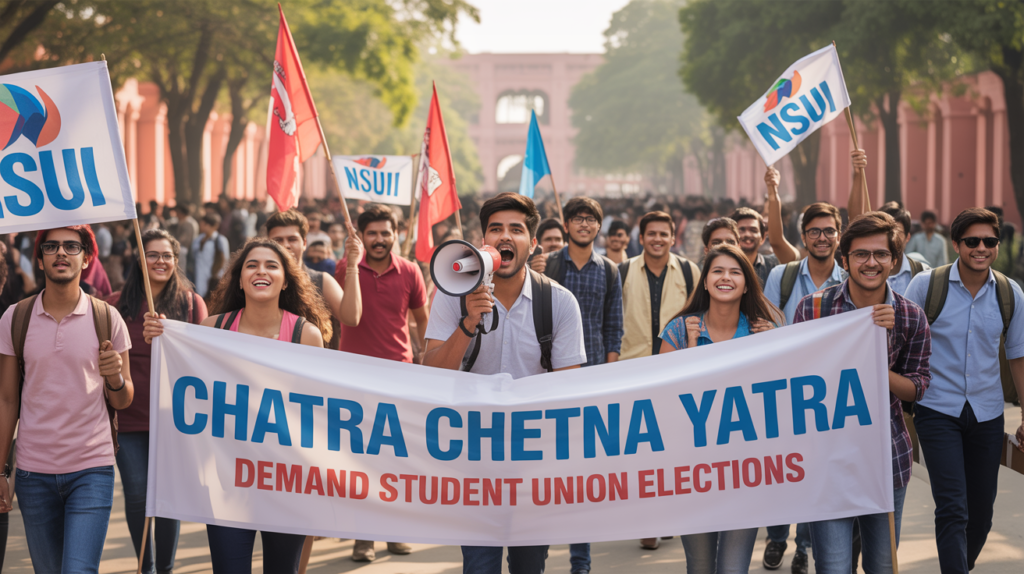#SSCMisManagement Protest Over SSC Selection Post Phase 13 Exams: Students Demand Accountability
SSCMisManagement protest over SSC Selection Post Phase 13 exams The #SSCMisManagement protest over SSC Selection Post Phase 13 exams has emerged as a powerful student-led movement exposing critical flaws in the country’s competitive examination system. What began as a wave of individual complaints soon turned into a nationwide outrage as thousands of aspirants across India reported abrupt exam cancellations, technical failures, mismanaged exam centers, and mistreatment by authorities during the SSC Selection Post Phase 13 exam held between July 24 and August 1, 2025. The situation escalated when social media flooded with distress videos, leading to offline protests at major sites like Jantar Mantar in Delhi under the banner of “Delhi Chalo.” This protest reflects not only the mismanagement of a specific recruitment exam but also a larger crisis in the examination infrastructure that millions of aspirants rely on for government jobs. What Sparked the #SSCMisManagement Protest Over SSC Selection Post Phase 13 Exams? The #SSCMisManagement protest over SSC Selection Post Phase 13 exams has rapidly gained traction across the country, particularly on social media platforms like X (formerly Twitter), YouTube, and Instagram. The hashtag has become a rallying cry for students, educators, and competitive exam aspirants who faced significant issues during the SSC Phase 13 examination held from July 24 to August 1, 2025. Candidates experienced widespread technical glitches, abrupt exam cancellations, incorrect admit card details, and mismanaged exam centers. This led to frustration, anxiety, and most importantly, a loss of trust in the examination system, pushing aspirants and teachers to raise their voices in protest. Timeline of Events: How the Protest Unfolded Date Event July 24, 2025 SSC Selection Post Phase 13 exams begin nationwide July 25–30 Multiple complaints emerge: server failures, wrong admit cards, etc. July 31 Videos surface showing students locked out of centers August 1 #SSCMisManagement trends on social media platforms August 1 Protests begin at Jantar Mantar and other major cities Key Issues Behind the #SSCMisManagement Protest Over SSC Selection Post Phase 13 Exams The #SSCMisManagement protest over SSC Selection Post Phase 13 exams revolves around the following major concerns: 1. ❌ Last-Minute Exam Cancellations Many candidates reported that exams were cancelled without any prior notice after they had reached their exam centers, sometimes travelling hundreds of kilometers. This has led to emotional and financial stress for aspirants. 2. 🏫 Poor Exam Center Management Some centers were closed, while others denied entry due to conflicting reporting times. Server issues and technical failures disrupted multiple exam shifts. Security misbehavior was also reported in some locations, causing mental harassment to students. 3. 📄 Admit Card and Shift Confusion Students received wrong exam shift timings or centers on their admit cards, which contributed to chaos. Some were marked as “absent” in their records even though they appeared for the exam. 4. 🧑🏫 Disrespect Toward Aspirants Teachers and mentors supporting the #SSCMisManagement protest over SSC Selection Post Phase 13 exams shared videos showing students crying and pleading for help outside centers. The lack of accountability from the SSC only added fuel to the fire. 📣 Who’s Leading the #SSCMisManagement Protest Over SSC Selection Post Phase 13 Exams? Several well-known educators like Neetu Singh (KD Campus) and YouTube education channels have come forward in support of students. Civil society groups, coaching centers, and online education influencers are encouraging aspirants to remain peaceful while voicing their concerns. They are demanding: A CBI or judicial inquiry into the conduct of the SSC Phase 13 exams. Re-examinations for affected candidates. Reforms in the examination process, including transparent communication protocols. Delhi Chalo Movement: Protests Hit the Streets On August 1, 2025, the “Delhi Chalo” movement was initiated as part of the #SSCMisManagement protest over SSC Selection Post Phase 13 exams. Students gathered at Jantar Mantar, Delhi, one of the most symbolic protest venues in the country. Placards, slogans, and video testimonials dominated the protest. The message was clear: “We want justice and transparency in recruitment exams.” The protest is gaining momentum and could become a turning point in how SSC and other government exam agencies function in India. 🔍 What SSC Has Said So Far As of now, no official press release or public apology has been issued by the Staff Selection Commission (SSC). This silence has only worsened the perception of administrative apathy, leading to more outrage online. SSC’s failure to address: Lack of infrastructure at centers Malpractice allegations Student welfare concerns …has caused many to question the credibility of the SSC as a constitutional recruitment body. 💡 Why This Matters: Systemic Implications for Exam Reforms The #SSCMisManagement protest over SSC Selection Post Phase 13 exams is not just about one test. It is a reflection of deeper systemic issues in the way government recruitment exams are organized in India. Lack of transparency during exam conduction No grievance redressal mechanism Overdependence on private vendors for exam infrastructure This protest has reignited calls for a centralized, accountable, and student-friendly examination framework for SSC and other competitive bodies like UPSC, RRB, and state commissions. 📊 Public Reactions: Social Media Uproar Here’s a glimpse of trending sentiments shared using the #SSCMisManagement protest over SSC Selection Post Phase 13 exams hashtag: “Travelling 200 km just to find the exam center locked. No one from SSC is answering. Shameful.” “We’re not asking for favor, just fairness. Stop playing with our future.” “System failure, mental trauma, and no justice. This is not what we signed up for.” 🧭 What’s Next for Aspirants? If you’re an aspirant affected by this exam or planning to appear in future SSC exams, here’s what you can do: ✅ Stay Updated: Follow official SSC notices but also rely on trusted educator updates. ✅ Join Peaceful Movements: Participate in civil protests, sign petitions, and support advocacy groups calling for exam reforms. ✅ Document Your Experience: Keep records of everything—admit cards, SMS alerts, screenshots, and videos—for possible legal remedies or RTI applications. 🧑🎓 Conclusion: Will the Protest Lead to Real Change? The #SSCMisManagement protest over SSC Selection Post Phase 13 exams is one of
